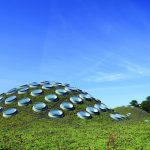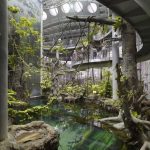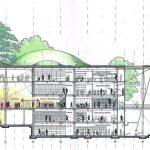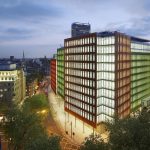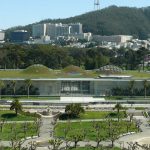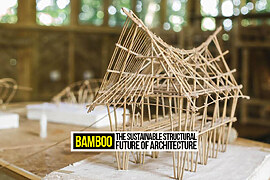Have you ever thought of the idea of architecture as a driving force for positive environmental change? Meet Renzo Piano, an Italian architect who is renowned for his works that embrace sustainability and environmental awareness in addition to their exquisite design. Piano’s works dedicate his ability to harmonize buildings with nature which has an eternal impact on the urban environment and the earth. Renzo Piano is guided by a reverence for nature and the conviction that buildings should correlate with their environment than detract from it (“Sustainable Architects I: Renzo Piano”). He promotes an approach that considers the ecosystem by utilizing natural resources and striving to minimize environmental harm. This commitment to sustainability has inspired him to incorporate unconventional techniques and technologies into his designs resulting in energy eco structures.
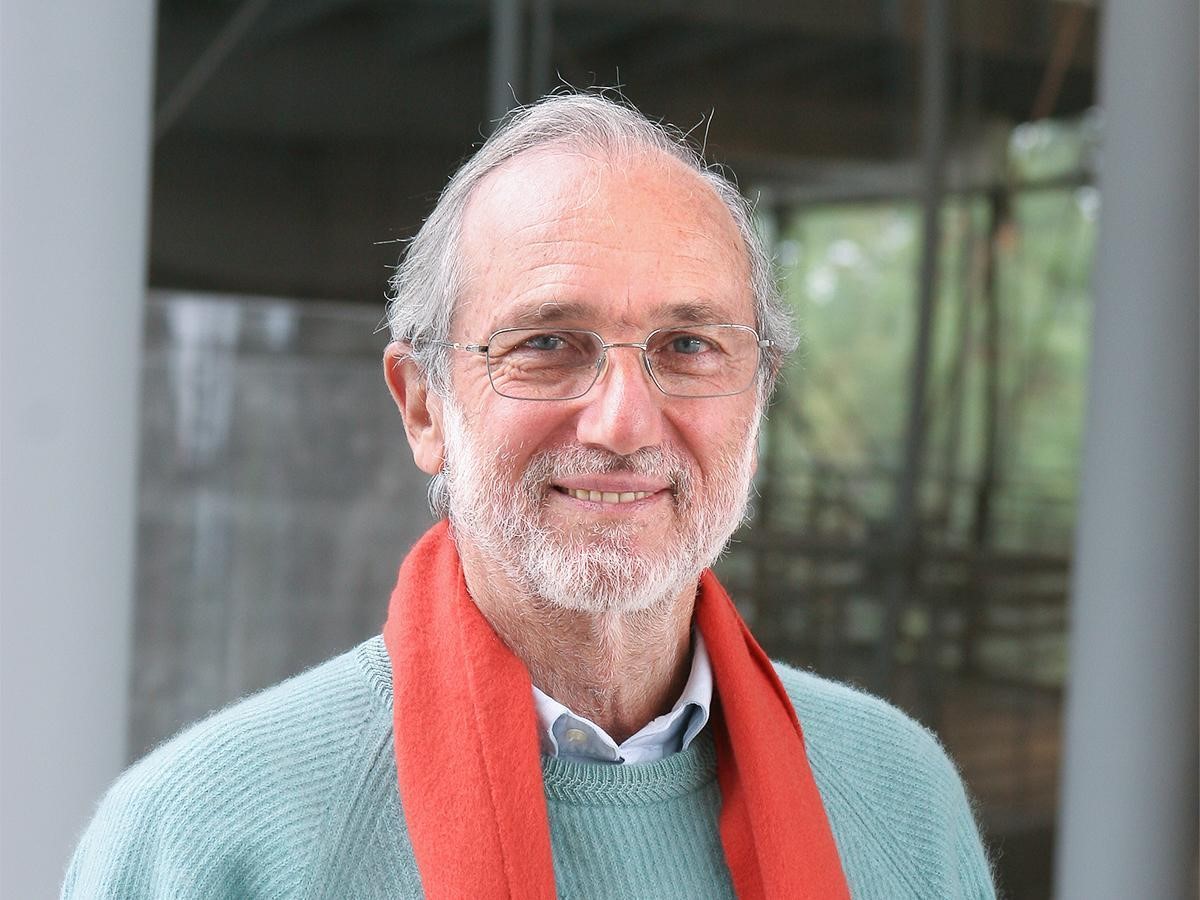
Can Architecture and Nature Coexist?
In the present context, there is a constant debate about finding a balance between urban growth and environmental protection. Renzo Piano, on the other hand, stands out as a pioneer who firmly believes that built form and environment can coexist in harmony. He highlights the significance of comprehending the climate, geography, and ecosystem before developing any project. This mindful examination of the environment enables him to craft structures that not reconcile with their surroundings but also enhance them (“Renzo Piano, a visionary architect with a green heart”). Whether it’s a museum, a building, or an office complex, Piano prioritizes elements such as light, ventilation, and passive cooling strategies in his designs. By integrating these aspects, he minimizes the reliance on lighting and air conditioning, resulting in a decrease in energy consumption and subsequently reducing the building’s carbon footprint.
The California Academy of Sciences
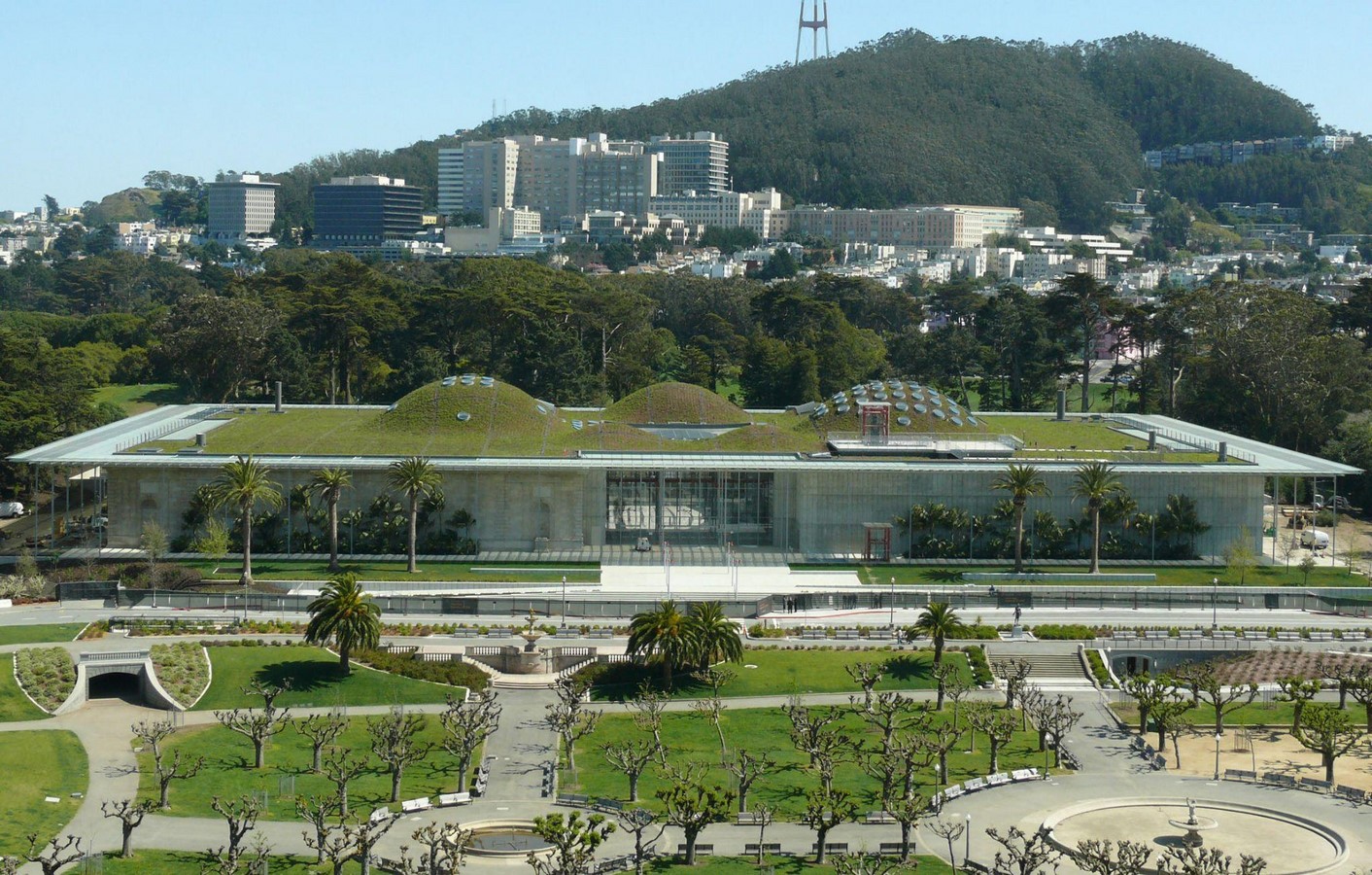
Let’s explore the incredible outcomes of Renzo Piano’s innovative designs, such as the breathtaking California Academy of Sciences, which is nestled back in the city of San Francisco, as we set off on a journey into the world of sustainable architecture. It comprises an elite museum, planetarium, and aquarium serving as a green oasis in the midst of the city. Over 2.5 acres are covered by a living roof that features over 50 species of native plants, seamlessly blending with the surrounding nature. The living roof, which is embellished with a variety of local flora, acts as a natural insulator reducing heating and cooling costs cooling and providing comfort within the built form. It offers a habitat for nearby species, assisting in the promotion of biodiversity in the urban setting. The living roof also efficiently collects and stores rainfall, reducing stormwater runoff and easing pressure on the city’s drainage systems (“Q&A with Renzo Piano”). Architecture and nature coexist effortlessly for the good of the inhabitants of the building and the ecology surrounding it.
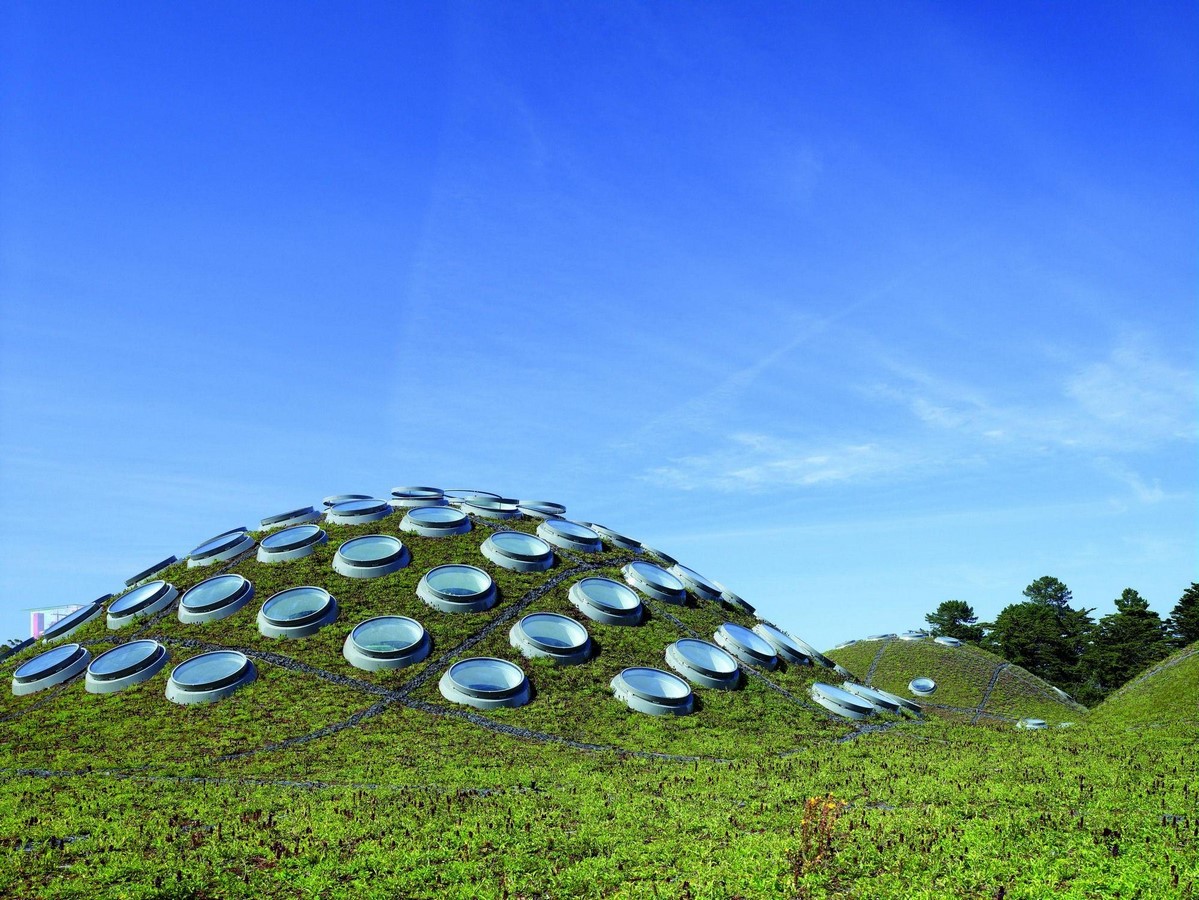
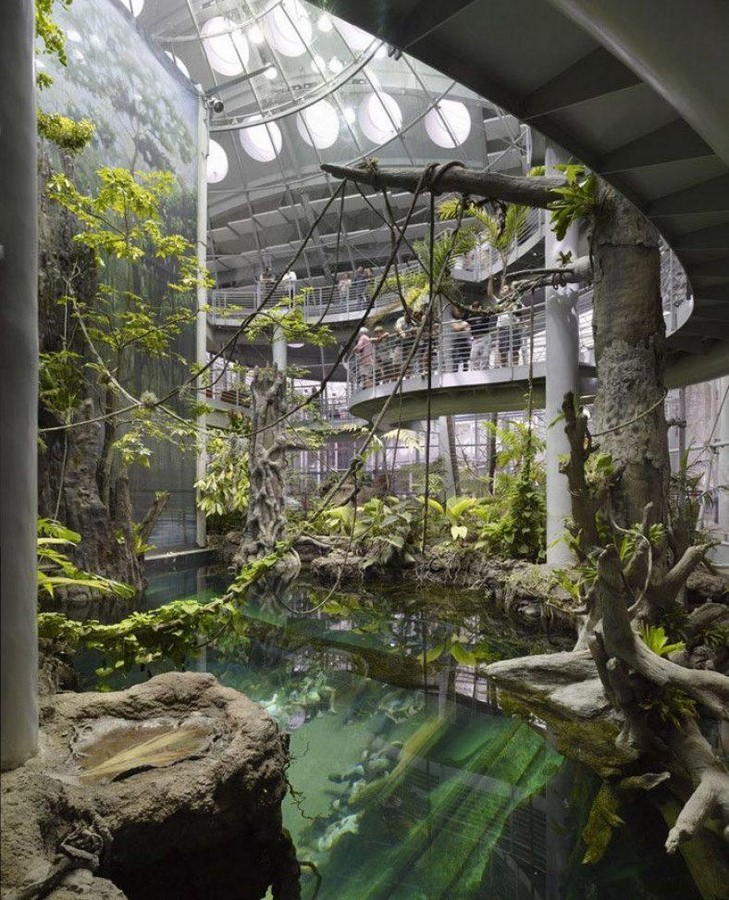
The California Academy of Sciences includes solar panels that supply a sizeable amount of the building’s energy requirements in addition to the living roof. The academy’s carbon impact is decreased thanks to the photovoltaic panels, which also help the city meet its targets for renewable energy (Ouroussoff). Given Piano’s commitment to environmentally friendly architecture, these sustainable features helped the building achieve LEED Platinum certification, the highest degree of distinction for green structures. The combination of eco-friendly technologies demonstrates how architecture can be a leader in environmentally friendly practices and a force for a cleaner future.
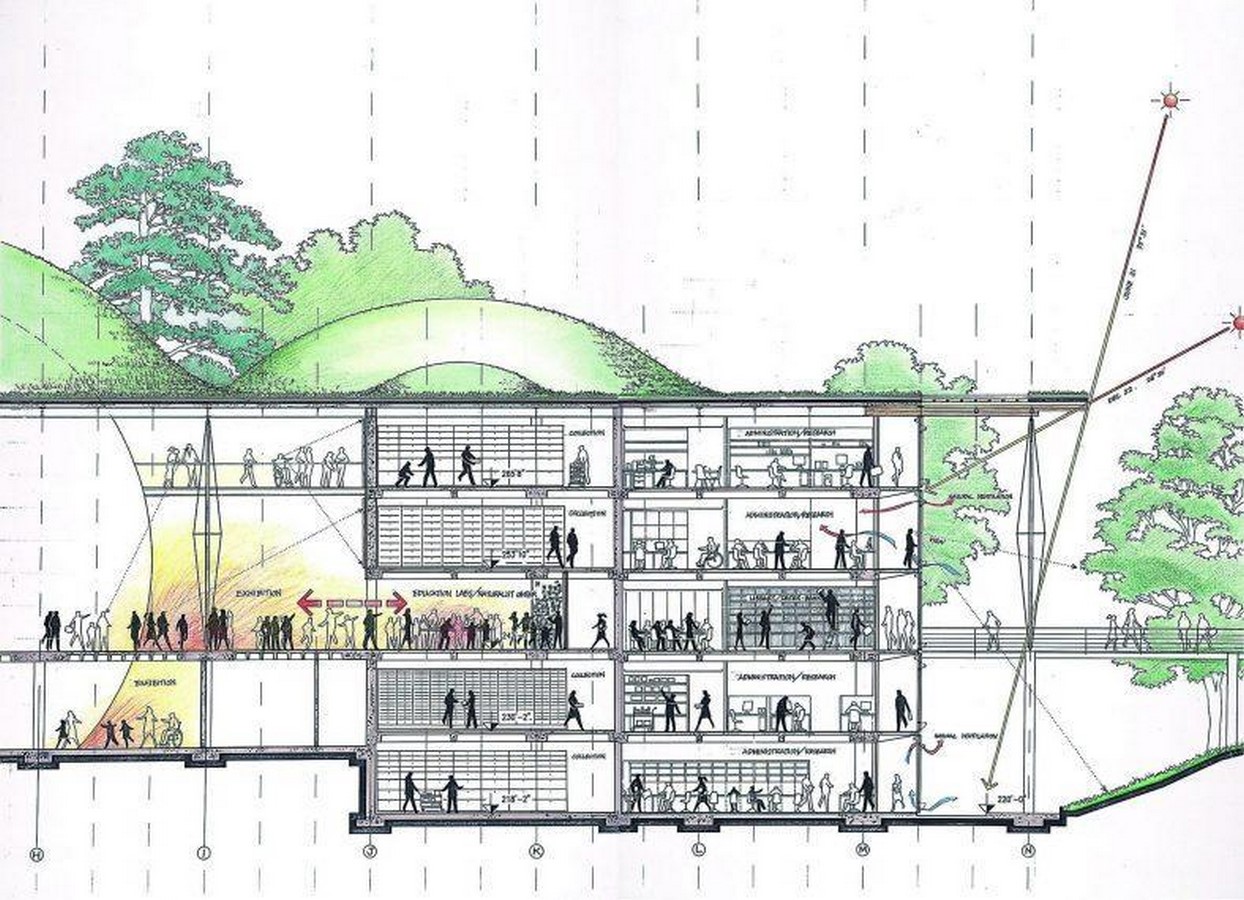
Renzo Piano’s Other Sustainable Endeavors
The commitment towards sustainability and environmentally friendly design surpasses the California Academy of Sciences. Renzo Piano has worked on many additional buildings with a focus on sustainability in addition to the California Academy of Sciences. Piano has persistently promoted environmentally friendly design all around the world, from the spectacular green roof of the San Francisco Public Utilities Commission Headquarters to the ground-breaking Central Saint Giles complex in London. Each project demonstrates his commitment to employing environmentally friendly architecture to protect the earth for subsequent generations.
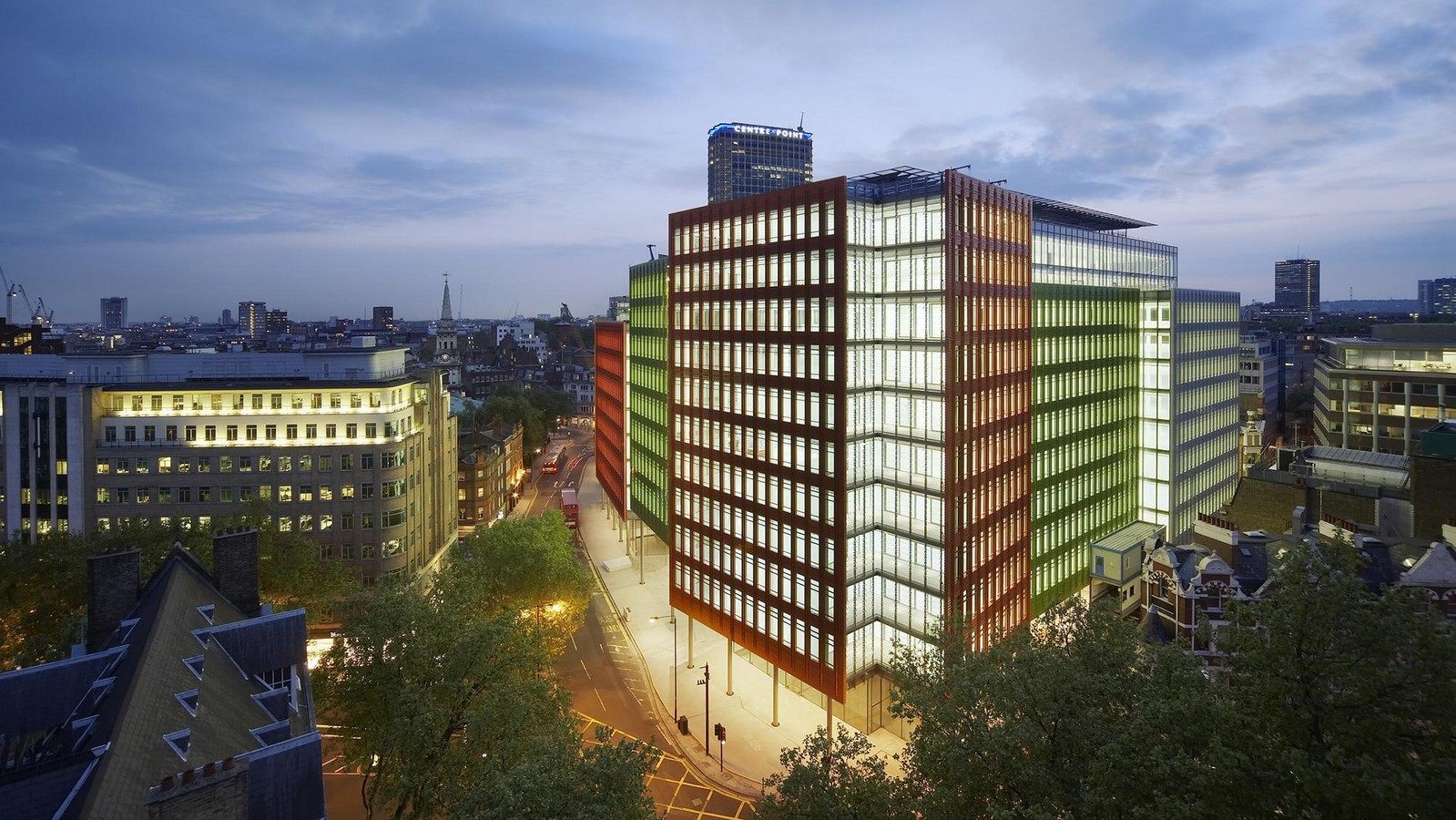
Notably, another built structure in the city, the San Francisco Public Utilities Commission Headquarters, has a magnificent green roof that considerably lowers the building’s energy use while offering enticing outdoor spaces for employees. In addition, Piano gives material efficiency and recycling the greatest importance in his designs. He strives to employ materials with a minimum ecological impact, and he frequently uses recycled or repurposed materials in his creations (Elkins). This strategy not only minimizes waste but also serves as a model for the sector by demonstrating how design may be more resource- and environmentally conscious. The dedication of Piano to environmentally friendly design is worldwide. With a captivating, vibrant façade and several energy-saving measures, the Central Saint Giles complex in London was awarded the top “Excellent” BREEAM sustainability grade (“Central St. Giles Mixed-use Development, London – Renzo Piano Building Workshop”).
Conclusion
In architecture, Piano has demonstrated the importance of sustainable design and its practicality depending upon the impact of human activities on the natural world. His proactive initiatives, like the California Academy of Sciences, offer compelling illustrations of how architecture can cohesively interact with the environment, utilize renewable energy sources, and support ecological balance in urban settings. As we wrestle against the problems caused by urbanization and climate change, the legacy that Piano has left behind encourages architects and society to build a greener future where sustainable design plays a crucial part in establishing a better, more sustainable world by posing the correct questions and challenging current matters.
References:
“Central St. Giles Mixed-use Development, London – Renzo Piano Building Workshop.” Arquitectura Viva, https://arquitecturaviva.com/works/edificio-de-usos-mixtos-central-st-giles-0. Accessed 31 July 2023.
Elkins, Elizabeth. “Renzo Piano Breaks Creative Ground On Sustainable Architecture.” The Business Download |, 28 March 2023, https://thebusinessdownload.com/renzo-piano-breaks-creative-ground-on-sustainable-architecture/. Accessed 31 July 2023.
Ouroussoff, Nicolai. “Renzo Piano’s California Academy of Sciences Blooms and Grows, Balancing Man and Nature.” The New York Times, 23 September 2008, https://www.nytimes.com/2008/09/24/arts/design/24acad.html. Accessed 31 July 2023.
“Q&A with Renzo Piano.” California Academy of Sciences, https://www.calacademy.org/qa-with-renzo-piano. Accessed 31 July 2023.
“Renzo Piano, a visionary architect with a green heart.” Fahrenheit Magazine, 6 June 2019, https://fahrenheitmagazine.com/en/modern-art/Architecture/renzo-piano-architect-visionary-heart-green. Accessed 31 July 2023.
“Sustainable Architects I: Renzo Piano.” Grupo Gámiz, https://www.grupogamiz.com/en/blog/sustainable-architecture/sustainable-architects-renzo-piano/. Accessed 31 July 2023.









